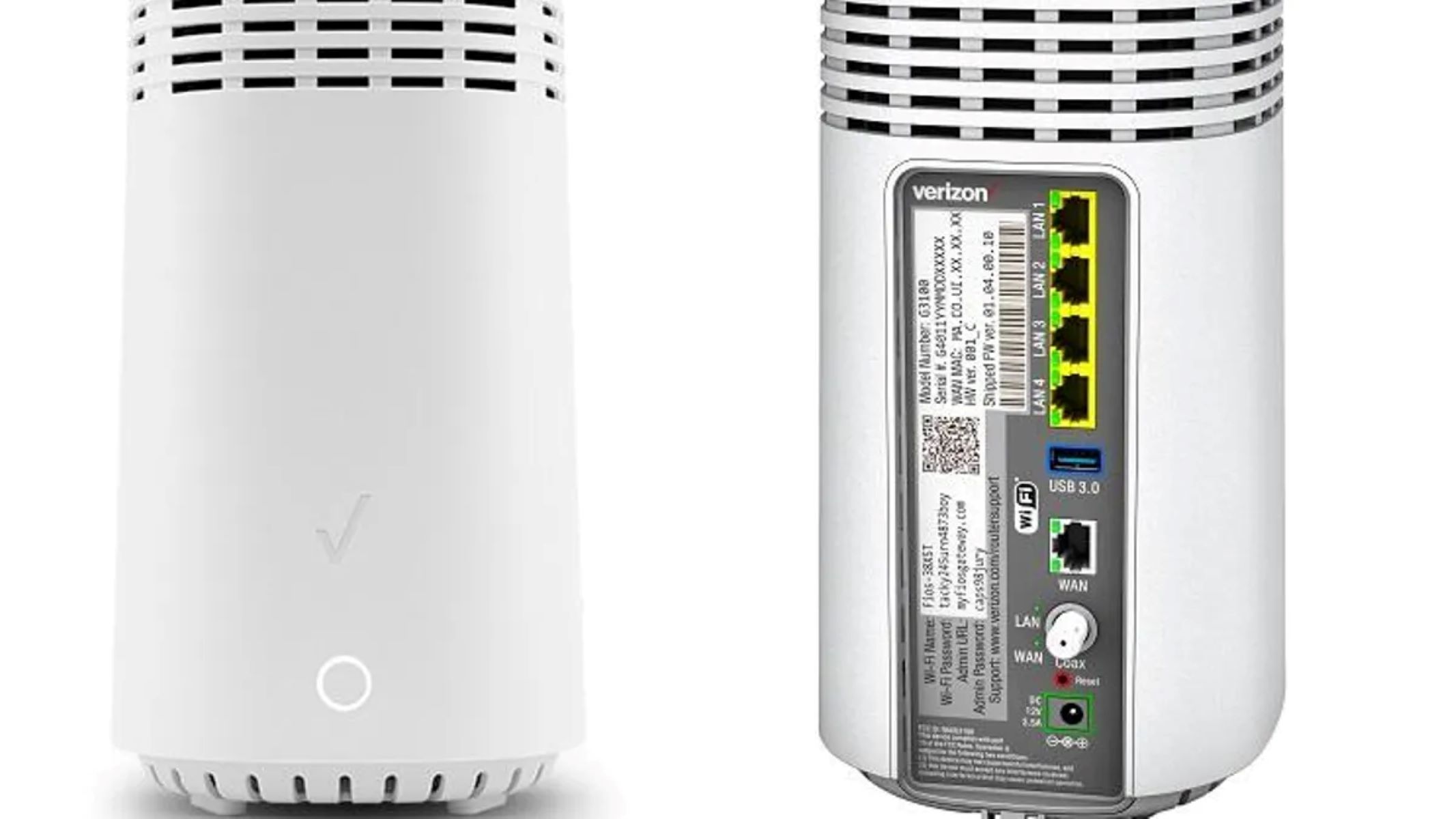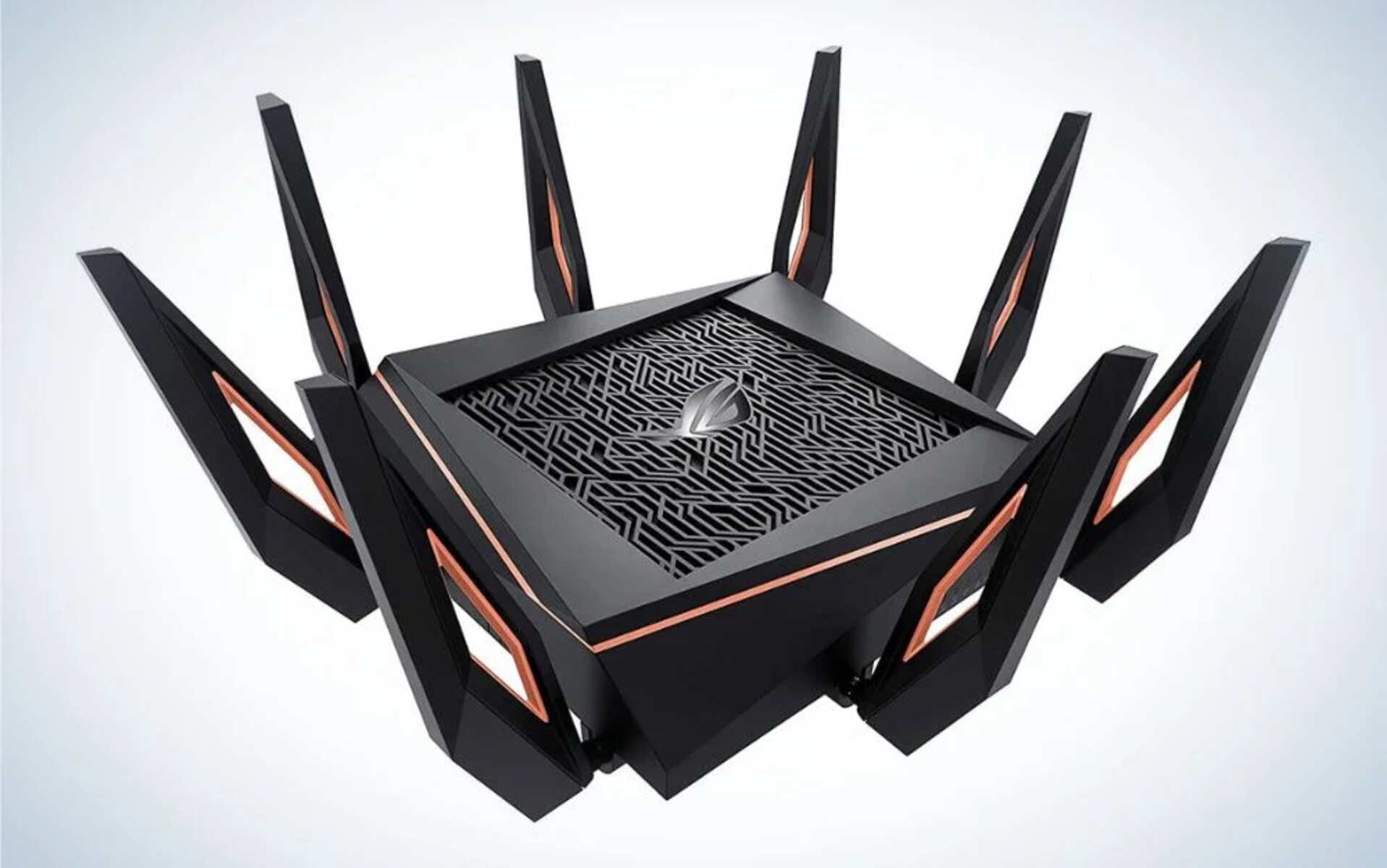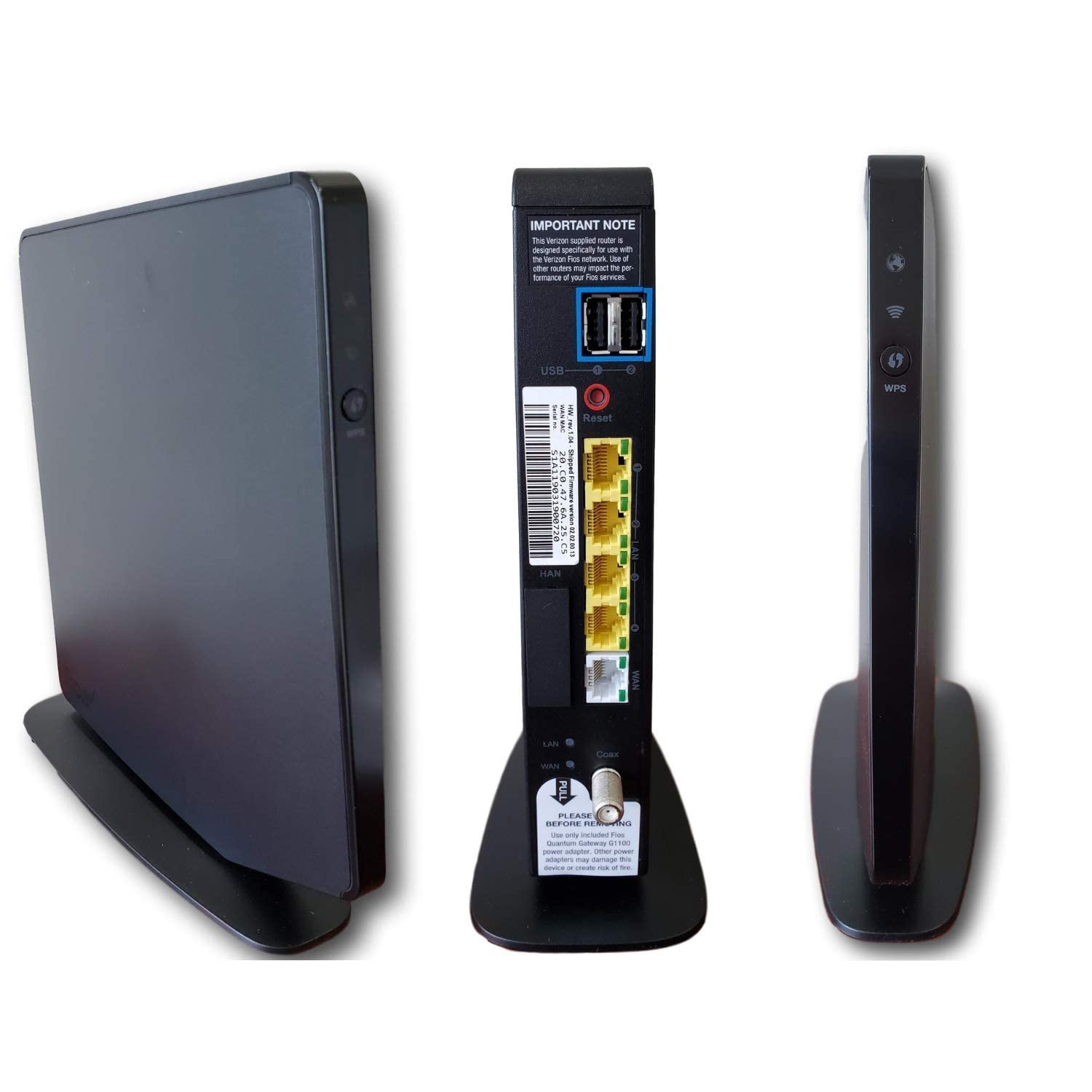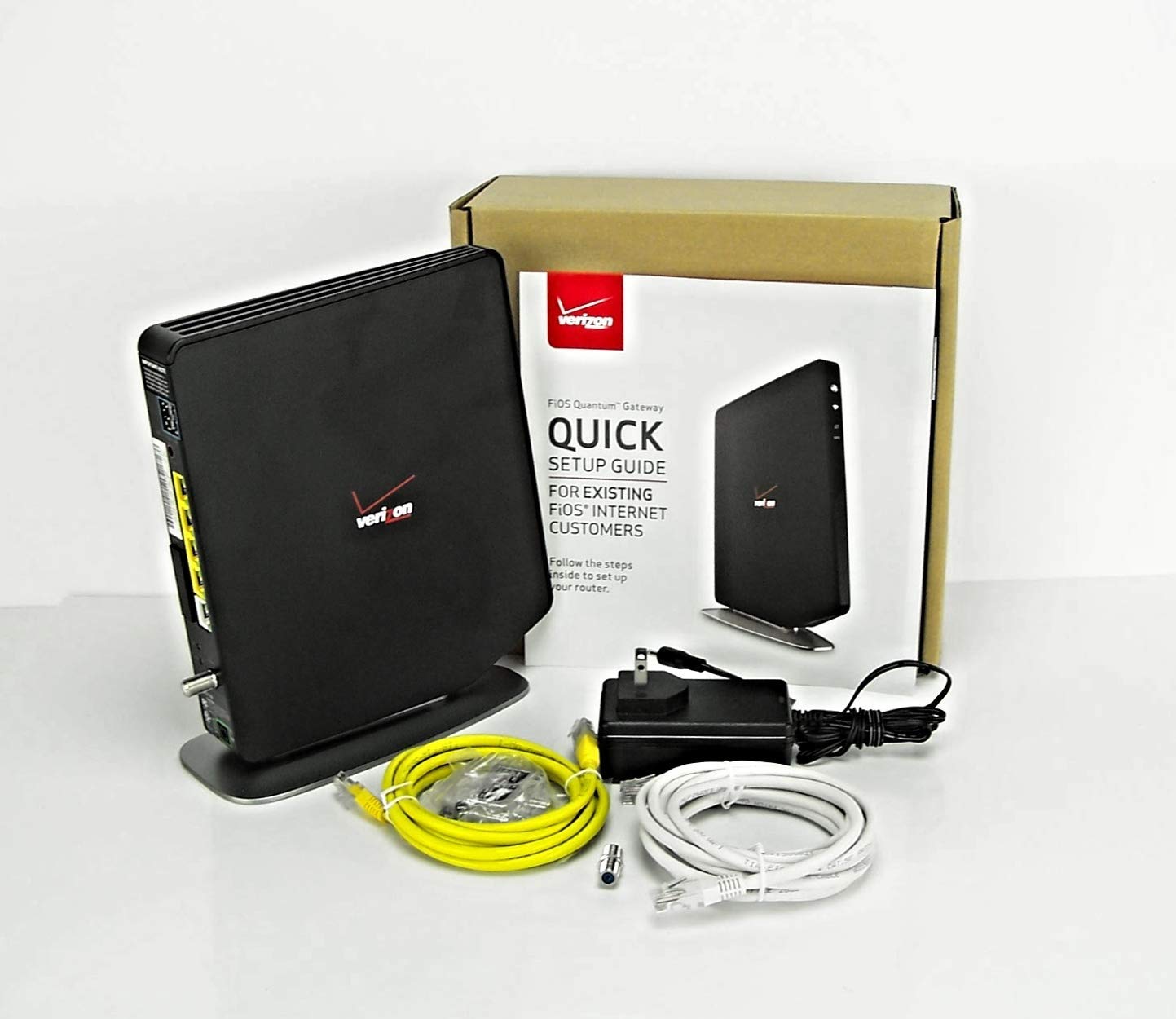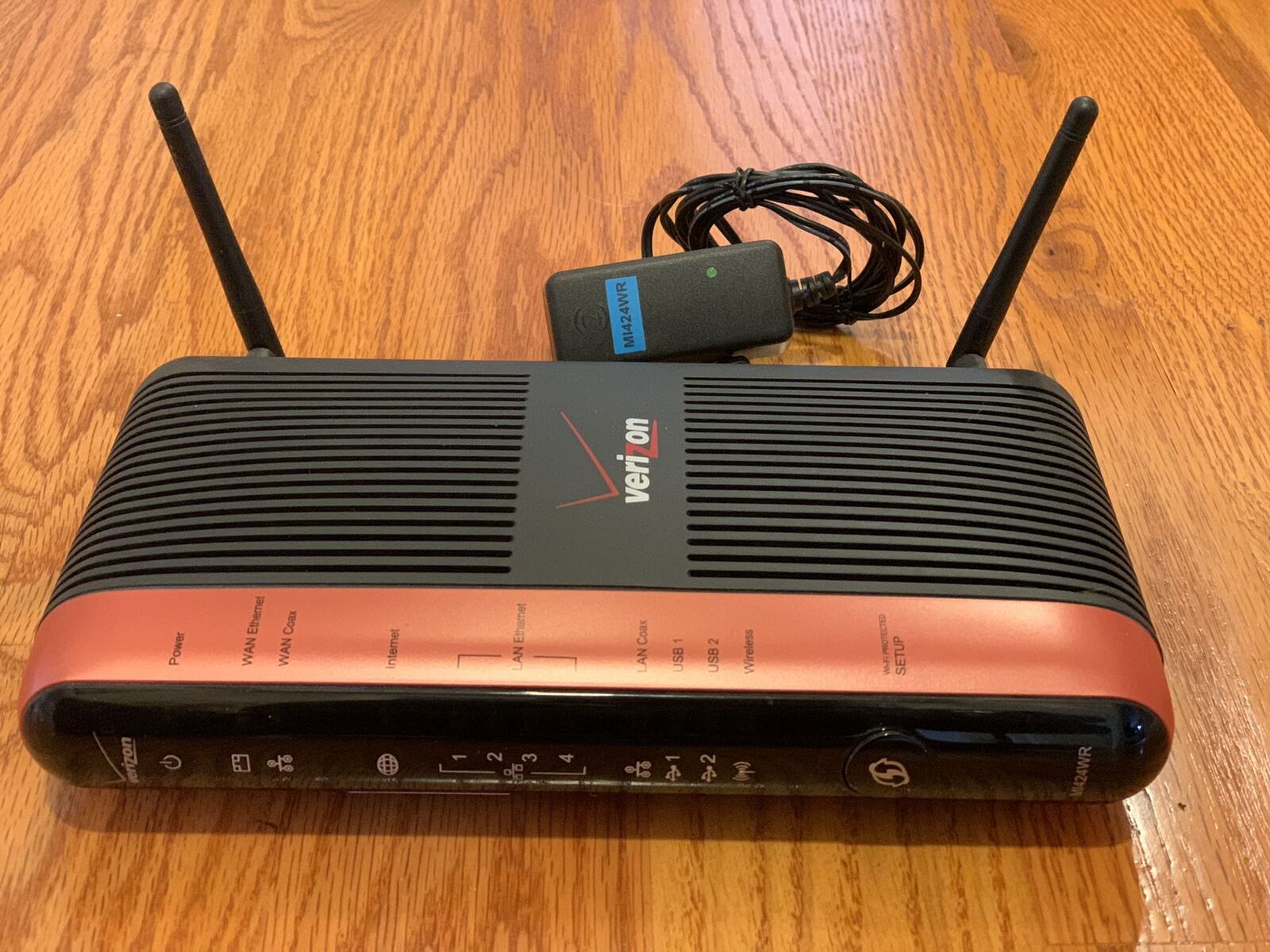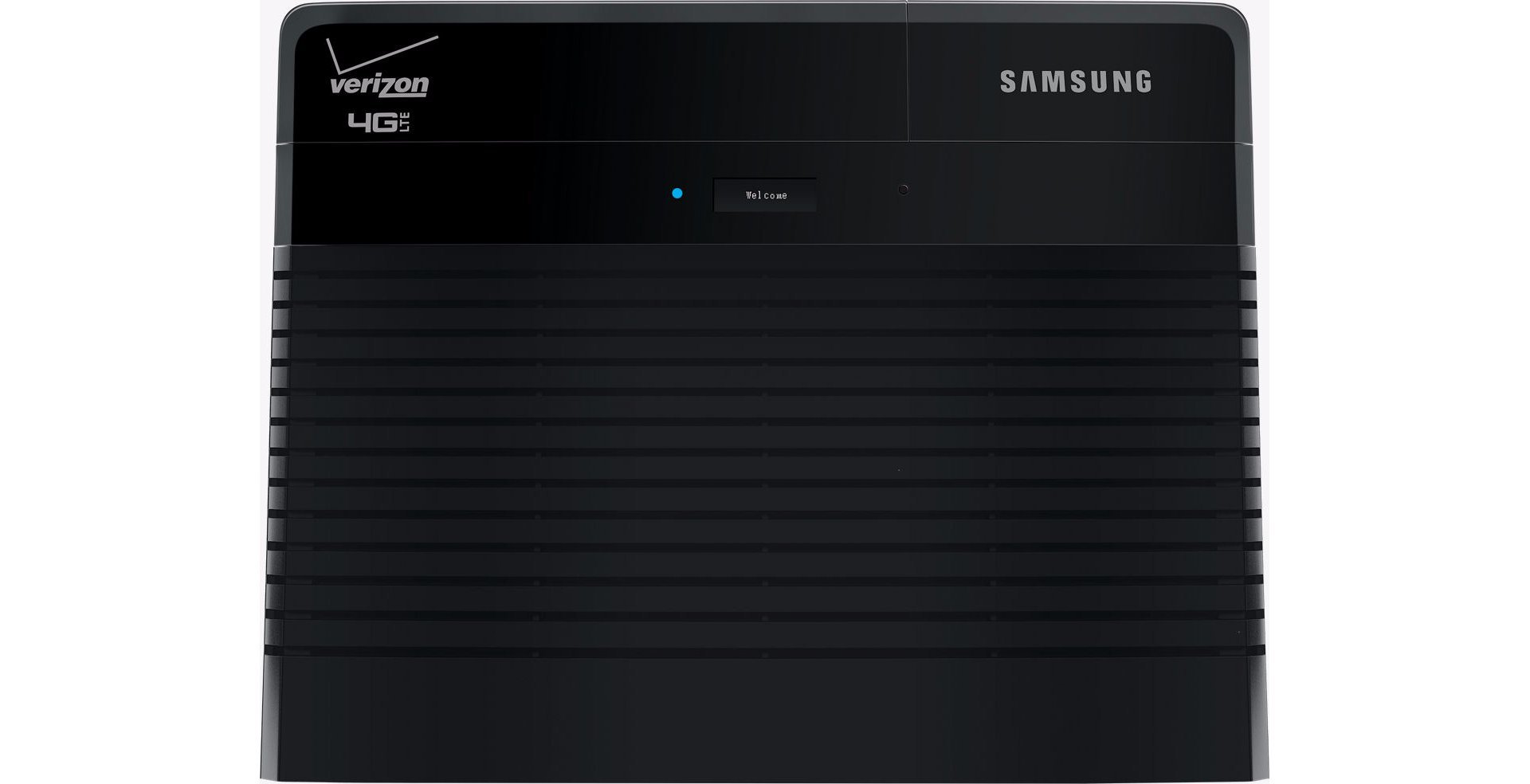Introduction
Welcome to the guide on connecting your Fios router to an Ethernet cable. If you’re experiencing slow or unreliable Wi-Fi connections, connecting your router directly to your device with an Ethernet cable can provide a more stable and faster internet connection. Whether you’re streaming movies, playing online games, or conducting important video conferences, a wired connection can enhance your online experience.
By using an Ethernet cable, you can bypass potential interference or signal loss that might occur over a wireless network. This is especially useful in areas where multiple devices are competing for Wi-Fi bandwidth, such as apartments or densely populated areas.
In this article, we will walk you through the process of connecting your Fios router to an Ethernet cable. Before we begin, keep in mind that while this guide is specific to Fios routers, the general steps can be applied to most routers with Ethernet capability.
Now let’s grab your Ethernet cable and get started on improving your internet connection!
Why Connect Your Fios Router to an Ethernet Cable?
There are several reasons why connecting your Fios router to an Ethernet cable can be beneficial:
- Stability: While Wi-Fi is convenient, it can be susceptible to interference from other devices and obstacles within your home. Connecting via Ethernet provides a direct and stable connection, reducing the chances of signal dropouts or fluctuations.
- Speed: Ethernet cables can deliver faster internet speeds compared to Wi-Fi. If you engage in data-intensive activities such as streaming high-definition videos or online gaming, a wired connection can ensure smoother and more reliable performance.
- Security: Wired connections are generally more secure than Wi-Fi networks. Since Ethernet connections require physical access to the router, it is harder for unauthorized users to gain access to your network.
- Reduced Latency: Latency, or network delay, can be a common issue in Wi-Fi networks due to signal interference. With an Ethernet connection, latency can be significantly reduced, resulting in improved response times and better online gaming or video conferencing experiences.
- Bandwidth Allocation: Ethernet connections allow for more precise management of bandwidth allocation. By connecting high-bandwidth devices, such as gaming consoles or smart TVs, directly to the router via Ethernet, you can ensure that these devices receive the necessary network resources without affecting other devices on the Wi-Fi network.
While Wi-Fi offers convenience and mobility, there are instances where a wired connection proves advantageous. Connecting your Fios router to an Ethernet cable can address issues related to stability, speed, security, latency, and bandwidth allocation, providing you with a more reliable and efficient internet experience.
What You Will Need
Before you begin connecting your Fios router to an Ethernet cable, make sure you have the following items:
- Fios Router: Ensure that you have a Fios router provided by your internet service provider. Different models may have slight variations in the location of Ethernet ports, but the general process remains the same.
- Ethernet Cable: You will need a standard Ethernet cable to establish a wired connection between your Fios router and your device. Make sure the cable is long enough to reach from the router to your device without straining or stretching.
- Device with Ethernet Port: Ensure that the device you wish to connect to the Fios router has an Ethernet port. Most modern devices, such as laptops, desktop computers, gaming consoles, and smart TVs, come equipped with an Ethernet port.
- Power Source: Make sure your Fios router is connected to a power source. Without power, the router will not function properly, and you will not be able to establish an internet connection.
- Knowledge of Device Settings: Depending on your device, you may need to adjust some settings to enable the Ethernet connection. Familiarize yourself with the network settings or consult the device’s user manual for guidance if necessary.
Having these items ready before you start will ensure a smooth setup process. If you are missing any of these components, you may need to acquire them before proceeding to connect your Fios router to an Ethernet cable.
Steps to Connect Your Fios Router to an Ethernet Cable
Follow these step-by-step instructions to connect your Fios router to an Ethernet cable:
- Step 1: Locate your Fios router: Find the Fios router in your home. It is usually located near your internet connection point, such as where the coaxial cable enters your house or apartment.
- Step 2: Find an available Ethernet port on your Fios router: Look for the Ethernet ports on the back or bottom of your Fios router. These ports are typically labeled with numbers or icons. Identify an open port that you can use to connect your device.
- Step 3: Connect one end of the Ethernet cable to the Ethernet port on your Fios router: Take one end of the Ethernet cable and insert it into the open Ethernet port on your Fios router. Make sure the cable is securely connected.
- Step 4: Connect the other end of the Ethernet cable to your device: Take the other end of the Ethernet cable and plug it into the Ethernet port on your device. Ensure a secure connection is made.
- Step 5: Power on your Fios router: Ensure that your Fios router is connected to a power source and switch it on. Wait for the router to fully boot up, which may take a few minutes.
- Step 6: Check for internet connectivity: Once your Fios router is powered on, check if you have an internet connection by opening a web browser on your device. If everything is set up correctly, you should now have a stable and reliable internet connection through the Ethernet cable.
Congratulations! You have successfully connected your Fios router to an Ethernet cable. Enjoy the improved stability and speed that a wired connection provides.
Step 1: Locate Your Fios Router
The first step in connecting your Fios router to an Ethernet cable is to locate the router itself. The Fios router is the central device that connects your home network to the internet. Here’s how you can find it:
1. Look for the Fios router in a central location within your home. It is usually placed near the point of entry for your internet connection, such as where the coaxial cable enters your house or apartment.
2. Check common areas where routers are typically located, such as the living room, office, or basement. If you’re unsure, consult the documentation provided by your internet service provider or contact their customer support for assistance.
3. In most cases, the Fios router will be a standalone device. It may have multiple antennas and LED indicators on the front or top, allowing you to identify it easily among other electronic devices.
4. If your Fios router is integrated with other equipment, such as a modem or set-top box, it may be located near your television or in a dedicated network cabinet.
5. If you still cannot locate your Fios router, try checking any utility rooms, closets, or areas where your internet service provider’s equipment is commonly installed.
Remember, the specific location of your Fios router may vary depending on the setup of your home or apartment. Take a few moments to search for the device before proceeding to the next step.
Once you have located your Fios router, you are ready to move on to the next step of connecting an Ethernet cable to establish a wired connection.
Step 2: Find an Available Ethernet Port on Your Fios Router
After locating your Fios router, the next step is to find an available Ethernet port on the router. These ports are specifically designed for connecting devices via Ethernet cables. Here’s how you can locate an open Ethernet port:
1. Examine the back or bottom of your Fios router. This is where you will find a cluster of ports, including the Ethernet ports.
2. Look for a row of ports labeled with numbers or icons. The Ethernet ports are usually distinguished by a rectangular shape or the word “Ethernet” printed next to them.
3. Assess the number of Ethernet ports available. Depending on the model of your Fios router, there may be multiple ports. It is essential to identify an open port that is not currently in use.
4. If the Ethernet ports are not labeled, refer to the user manual or documentation provided by your internet service provider for guidance. They will typically contain diagrams or descriptions that highlight the location of the Ethernet ports.
5. Once you have identified an available Ethernet port, take note of its location for the next step. You will need to connect one end of the Ethernet cable to this port.
Remember, if all the Ethernet ports on your Fios router are occupied, you may need to disconnect a device or consider using an Ethernet switch to expand the number of available ports. An Ethernet switch is a device that allows you to connect multiple Ethernet-enabled devices to a single Ethernet port on your router.
Now that you have located an open Ethernet port on your Fios router, you are ready to proceed to the next step of connecting the Ethernet cable.
Step 3: Connect One End of the Ethernet Cable to the Ethernet Port on Your Fios Router
Now that you have identified an available Ethernet port on your Fios router, it’s time to connect one end of the Ethernet cable to the router. Follow these steps:
1. Take one end of the Ethernet cable and ensure it is in good condition. Check that the connectors are not damaged or bent.
2. Locate the open Ethernet port on your Fios router that you identified in the previous step.
3. Align the connectors of the Ethernet cable with the Ethernet port on the router. The connectors have a small clip that should face downward when inserting into the port.
4. Gently push the Ethernet cable’s connectors into the Ethernet port until they are fully inserted. You may feel a click or hear a snapping sound when the cable is securely connected.
5. After connecting the cable, give it a slight tug to make sure it is firmly attached to the Ethernet port. A loose connection may result in poor or intermittent connectivity.
6. Take a moment to double-check the connection visually. Ensure that the Ethernet cable is not loose or partially disconnected from the port.
By connecting one end of the Ethernet cable to the Ethernet port on your Fios router, you have established the first half of the wired connection. Now it’s time to proceed to the next step and connect the other end of the Ethernet cable to your device.
Step 4: Connect the Other End of the Ethernet Cable to Your Device
Now that you have connected one end of the Ethernet cable to the Ethernet port on your Fios router, it’s time to connect the other end of the cable to your device. Follow these steps:
1. Take the other end of the Ethernet cable and identify the Ethernet port on your device that you wish to connect to. Common devices that have Ethernet ports include laptops, desktop computers, gaming consoles, and smart TVs.
2. Align the connectors of the Ethernet cable with the Ethernet port on your device. Ensure that the connectors are facing downward or in the appropriate orientation for insertion.
3. Gently insert the Ethernet cable’s connectors into the Ethernet port on your device. Apply gentle pressure until the connectors fully engage with the port.
4. Once the cable is inserted, give it a slight tug to ensure a secure connection. This step helps to prevent any accidental disconnection that may lead to an interrupted internet connection.
5. Verify the connection visually, ensuring that the Ethernet cable is securely connected to both the device’s Ethernet port and the Fios router’s Ethernet port.
By completing this step, you have successfully established a wired connection between your Fios router and your device. The Ethernet cable serves as the bridge that allows data to transfer between the two. Now it’s time to move on to the next step and power on your Fios router.
Step 5: Power On Your Fios Router
After connecting the Ethernet cable to both your Fios router and your device, it’s time to power on your Fios router. Follow these steps:
1. Locate the power cable that came with your Fios router. It is usually a thick, cylindrical cable with a plug at one end.
2. Connect the power cable to the appropriate port on the back or side of your Fios router. The port is usually labeled as “Power” or indicated by a power icon.
3. Plug the other end of the power cable into a power outlet. Ensure that the outlet is easily accessible and functions properly.
4. Once the power cable is securely connected to both the router and the power outlet, turn on the router by pressing the power button if it has one. Some routers may also power on automatically when connected to a power source.
5. Wait patiently for your Fios router to boot up. This process may take a few minutes as the router initializes its internal components and establishes a connection to the internet.
6. Monitor the LED indicators on your Fios router. Most routers have lights that indicate the status of the power, internet connectivity, and Wi-Fi signal. Wait until the appropriate LEDs indicate a stable and active connection.
Once your Fios router is powered on and fully connected, it is ready to provide internet access to your device through the Ethernet cable. Proceed to the next step to check for internet connectivity and ensure that the wired connection is functioning correctly.
Step 6: Check for Internet Connectivity
After powering on your Fios router, it’s important to check for internet connectivity to ensure that your wired connection is functioning properly. Follow these steps:
1. Open a web browser on your device that is connected to the Fios router via the Ethernet cable.
2. Enter a website address or perform a search to test your internet connection. For example, you can try accessing popular websites such as Google or YouTube.
3. Wait for the web page to load. If the page loads successfully and you can browse other websites without any issues, it means that your Fios router is providing a stable internet connection through the Ethernet cable.
4. If you encounter any issues or the web page fails to load, double-check the Ethernet cable connections on both ends. Make sure they are securely plugged into the Fios router’s Ethernet port and your device’s Ethernet port.
5. If the Ethernet cable connections are secure and you still cannot establish an internet connection, try restarting your device and the Fios router. Sometimes a simple reboot can resolve connectivity issues.
6. If you continue to experience problems with your internet connection, consider contacting your internet service provider’s customer support for assistance. They can provide further troubleshooting steps or check for any potential network issues.
By performing this step, you can ensure that your Fios router is delivering a reliable internet connection through the Ethernet cable. Enjoy the stable and high-speed connection that the wired connection provides for your online activities.
Troubleshooting Tips
While connecting your Fios router to an Ethernet cable is a straightforward process, you may encounter some common issues along the way. Here are a few troubleshooting tips to help you address any potential problems:
1. Check the Ethernet cable: Ensure that the Ethernet cable is not damaged or frayed. If possible, try using a different Ethernet cable to rule out any issues with the cable itself.
2. Verify the Ethernet port: Double-check that you have connected the Ethernet cable to the correct Ethernet port on both your Fios router and your device. Make sure you have chosen an available Ethernet port.
3. Restart the Fios router and your device: Sometimes a simple restart can resolve connectivity issues. Turn off your Fios router and your device, wait a few seconds, and then turn them back on.
4. Disable Wi-Fi: To ensure that your device is using the wired connection, disable the Wi-Fi connection on your device. This will prevent any conflict between the wired and wireless connections.
5. Update network drivers: If you are experiencing connectivity issues on your device, make sure that your network drivers are up to date. Visit the manufacturer’s website for your device and search for the latest network driver versions.
6. Reset the Fios router: If all else fails, you can try resetting your Fios router to its default settings. Please note that this will remove any custom configurations you have set up, so make sure to backup your settings before proceeding.
7. Contact your internet service provider: If you have exhausted all troubleshooting options and are still unable to establish a connection, it’s best to reach out to your internet service provider for further assistance. They will have access to specific information about your Fios router and network setup.
Remember, troubleshooting steps may vary depending on your specific circumstances, and it’s always a good idea to consult the documentation provided by your internet service provider or seek assistance from their customer support if needed.
By following these troubleshooting tips, you can overcome common obstacles and ensure a seamless and reliable connection using your Fios router and Ethernet cable.
Conclusion
Connecting your Fios router to an Ethernet cable can enhance your internet experience by providing a stable and fast wired connection. By following the steps outlined in this guide, you can establish a reliable connection between your Fios router and your device, such as a laptop, desktop computer, gaming console, or smart TV.
Throughout the process, we covered essential steps, including locating your Fios router, finding an available Ethernet port, connecting the Ethernet cable to both the router and your device, powering on the router, checking for internet connectivity, and troubleshooting common issues.
By using an Ethernet cable, you can benefit from improved stability, faster speeds, better security, reduced latency, and precise bandwidth allocation. This is particularly useful for activities that require a robust and consistent internet connection, such as streaming high-definition videos, online gaming, or conducting video conferences.
Remember, always ensure that your Ethernet cable is in good condition and securely connected to both the Fios router’s Ethernet port and your device’s Ethernet port. Should you encounter any issues, refer to the troubleshooting tips provided to resolve common connectivity problems.
We hope this guide has helped you successfully connect your Fios router to an Ethernet cable. Enjoy the benefits of your wired connection and continue to explore the seamless online experience it provides!







